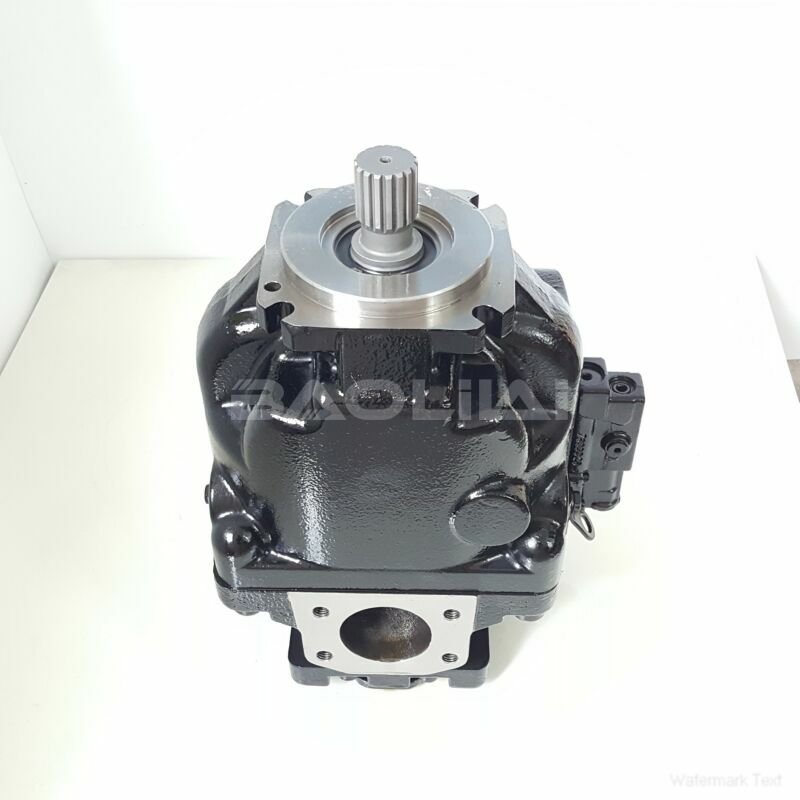ERL147CLS2210NNN3S2NLA1NNNNNNNNNN piston pump
ERL147CLS2210NNN3S2NLA1NNNNNNNNNN piston pump

- Product Details
- Applicable Scene
Hydraulic pump cavitation is a critical issue that can lead to significant damage and inefficiencies in hydraulic press systems. Understanding the causes, signs, and solutions for hydraulic pump cavitation is essential for maintaining a reliable and efficient system. This article offers a comprehensive guide on how to address cavitation problems effectively.
ER-L-147C-LS-22-10-NN-N-3-S2NL-A1N-NNN-NNN-NNN
ERL147CLS2210NNN3S2NLA1NNNNNNNNNN
Cavitation occurs when the pressure in a hydraulic system drops below the vapor pressure of the hydraulic fluid, causing the formation of vapor bubbles. When these bubbles travel through the system and enter areas of higher pressure, they implode, resulting in shock waves that can damage pump components, leading to decreased performance and potential system failure.

7000628
Identifying the Causes of Cavitation
The first step in resolving cavitation issues is to diagnose their root causes. Common factors contributing to hydraulic pump cavitation include:
Inadequate Suction Pressure: Insufficient suction pressure can be caused by improper positioning of the pump, clogged filters, or excessive pipe lengths.
High Fluid Temperature: Elevated fluid temperatures can lower the hydraulic fluid’s density and increase the likelihood of vapor bubble formation.
Fluid Contamination: Contaminants can alter the physical properties of the hydraulic fluid, making it more susceptible to cavitation.
Incorrect Pump Selection: Using a pump that does not match the system’s requirements in terms of flow rate and pressure can lead to cavitation.
Recognizing the Symptoms
Early detection of cavitation can prevent severe damage. Key symptoms include:
Unusual noise: A “gravel” or “marbles” sound is often indicative of cavitation.
Fluctuating pressure readings: If the pressure gauge fluctuates erratically, it could signal cavitation.





